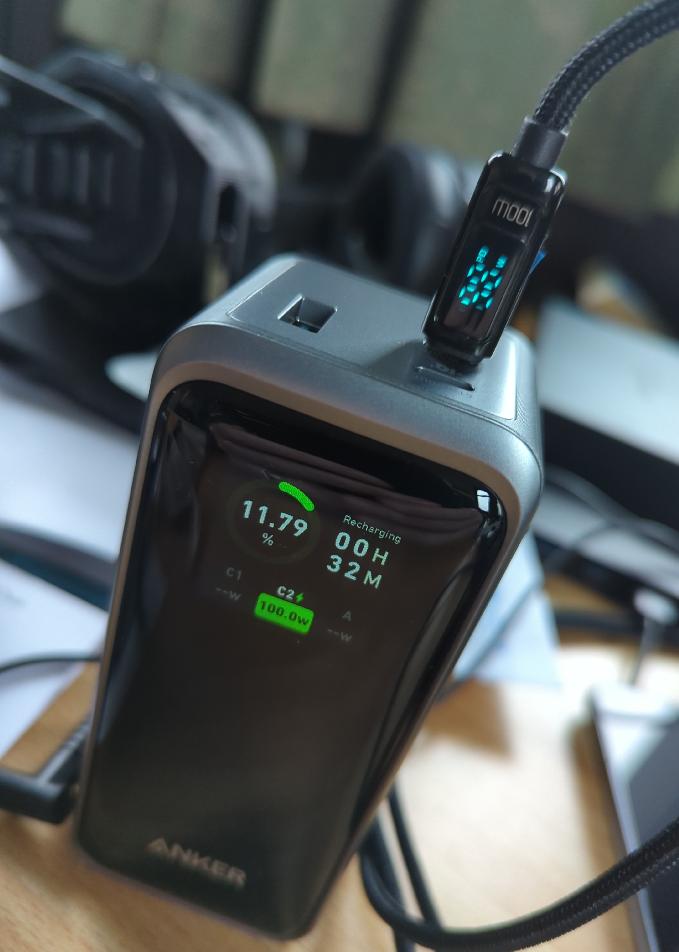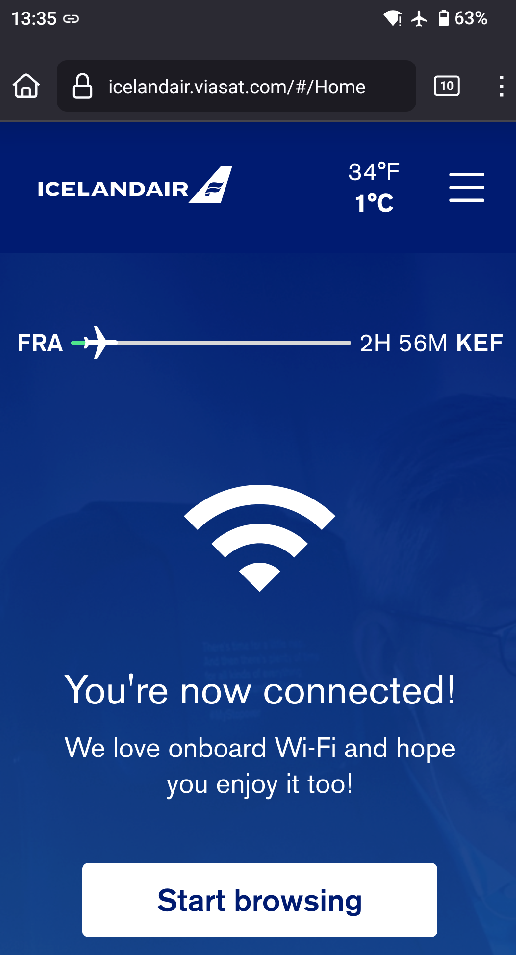
I recently came across this article on Tecmint, which describes ttyd, a nifty program to make the Linux shell available remotely over the Internet.
I played around with it a bit and was delighted to see ttyd can be configured to request username and password from the client and provides an https channel if you supply keys and a certificate. While a relatively recent version can be installed directly from the Debian / Ubuntu repository in recent OS versions, the latest version is available as source or binary on Github. I tried installing all three variants in a test VM and even compiling from source worked without much trouble.
Continue reading Shell in the Browser – ttyd – Perhaps For Online Courses?




